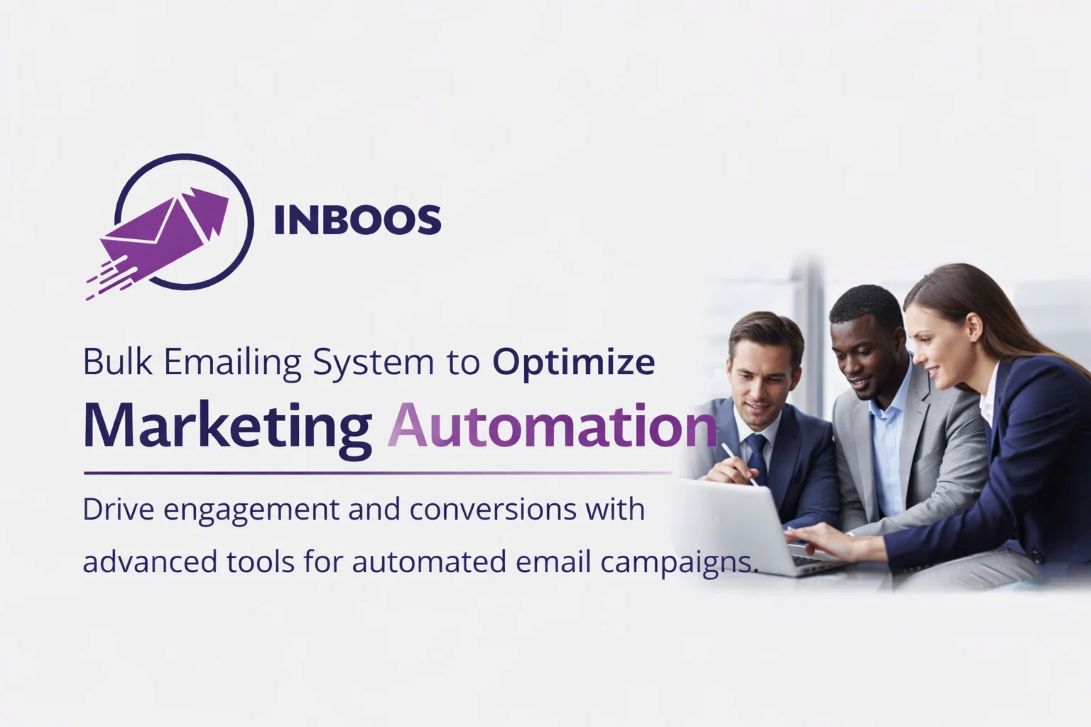Email is still the most common way businesses communicate with customers, partners, and employees. But it’s also one of the easiest ways for attackers to get in. Every day, people receive emails that look real but are designed to steal passwords, financial data, or access to internal systems. These are phishing and spoofing attacks—and they’re getting harder to spot.
Table of Contents
ToggleTraditional email filters catch obvious spam, but they often miss sophisticated threats. That’s where artificial intelligence is changing the game. AI doesn’t just block suspicious emails—it learns how attackers behave, adapts to new tactics, and protects users in real time.
This blog explains how AI helps detect phishing and spoofing attacks, why it’s more effective than manual methods, and how you can use it to protect your inbox and your business.
Understanding the Threat: Phishing and Spoofing
Phishing emails try to trick you into clicking a link, downloading a file, or entering sensitive information. They often look like messages from banks, government agencies, or trusted brands. Spoofing goes one step further—it makes the email look like it came from someone you know, like your boss or a vendor.
These attacks are dangerous because they rely on human error. One wrong click can lead to data breaches, financial loss, or ransomware infections. And with attackers using more advanced techniques, it’s no longer enough to rely on basic filters or employee training alone.
Why Traditional Security Tools Fall Short
Most email systems use rule-based filters. They scan for known keywords, suspicious attachments, or blacklisted domains. While this works for simple spam, it doesn’t catch emails that look legitimate but are carefully crafted to deceive.
Attackers constantly change their methods. They use new domains, mimic real email formats, and even hijack legitimate accounts. Static filters can’t keep up. They need constant updates, and they often block harmless emails while letting dangerous ones through.
This creates frustration for users and risk for businesses. That’s why many companies are turning to AI-powered email protection.
How AI Detects Email Threats More Effectively
AI doesn’t rely on fixed rules. It uses machine learning to analyze patterns, behaviors, and context. Instead of just scanning for keywords, it looks at how the email was sent, who sent it, and how it compares to normal communication.
For example, if an email claims to be from your finance team but comes from an unusual IP address, AI will flag it. If the message structure doesn’t match your company’s usual style, AI will notice. If the sender’s domain is slightly misspelled, AI will catch it—even if it looks real to the human eye.
This kind of intelligent scanning happens in real time. AI can process thousands of emails per second, learning from each one and improving its accuracy over time.
Solving Real Problems with AI Email Security
One of the biggest problems businesses face is false positives—when legitimate emails get blocked. AI reduces this by learning what normal communication looks like for your organization. It adapts to your workflows, your contacts, and your tone.
Another issue is delayed detection. Traditional systems often flag threats after they’ve already reached the inbox. AI can stop malicious emails before they’re delivered, reducing the chance of user error.
AI also helps with sender identity verification. It checks whether the sender is who they claim to be, using domain authentication protocols like SPF, DKIM, and DMARC. If something doesn’t match, the email is flagged or quarantined.
For companies that send bulk emails, AI ensures that their messages are properly authenticated and not mistaken for spam. This protects both the sender’s reputation and the recipient’s safety.
Using AI to Protect Your Business
You don’t need a large IT team to use AI for email security. Many platforms now offer built-in AI features that scan incoming messages, monitor sender behavior, and block threats automatically.
Look for tools that offer real-time email scanning, behavioral analysis, and automated threat response. These systems should integrate with your existing email provider and offer clear reporting so you can see what’s being blocked and why.
If you’re managing sensitive data, customer communications, or financial transactions, AI-based email protection is no longer optional—it’s essential.
Phishing and spoofing attacks aren’t going away. In fact, they’re getting smarter. But so is email security. With AI, businesses can move from reactive defense to proactive protection. Instead of waiting for something to go wrong, AI helps stop threats before they reach the inbox.
Whether you’re a startup, a growing brand, or an enterprise team, investing in AI-powered email security is one of the smartest moves you can make. It protects your data, your people, and your reputation—without slowing you down.
If you’re ready to upgrade your email protection, start by exploring platforms that offer intelligent threat detection and real-time scanning. The future of email security isn’t just smarter—it’s safer.
 logo
logo




